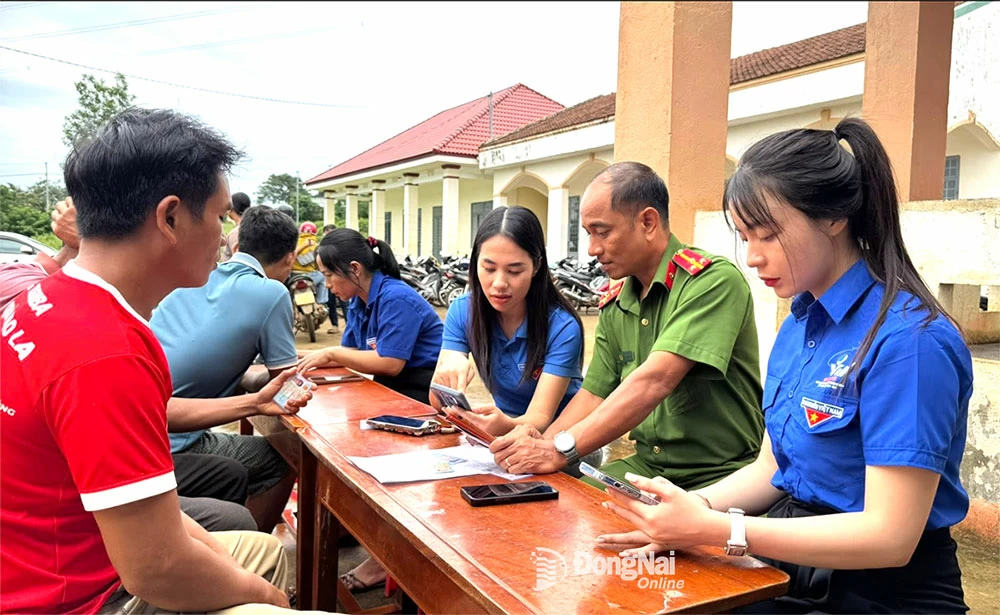 |
| Members of the Bu Dang Commune Community Digital Technology Team guide people to carry out administrative procedures online. Photo: Contributor |
Along with that, to ensure that all people can access and benefit from digital services, contributing to building a comprehensive and sustainable digital society, implementing "digital literacy" through community digital technology teams (CNSCD) is an important strategy.
Determined to eliminate wave depressions by 2025
Currently, in Dong Nai province, there are 25 hamlets and villages with wave depressions (of which, 18 hamlets and villages belong to the former Binh Phuoc province; 7 hamlets and villages belong to the former Dong Nai province). The wave depressions are mainly in areas with a cluster of residential areas consisting of several households living in a hamlet or village.
Deputy Director of the Department of Science and Technology (DOST) Nguyen Thanh Phong said that there are still many signal dips due to many reasons. In particular, Dong Nai has some mountainous areas, forests or uneven terrain, causing obstruction and signal loss. Some remote areas may not have grid electricity or unstable power sources, making it difficult to operate BTS (Mobile Transceiver Station).
“In remote areas, border areas, people often do not live in concentrated areas, making investment in building broadcasting stations less economically effective. Although there are public telecommunications programs to support, the implementation is sometimes slow or not attractive enough, so network operators are not very interested in investing in these areas,” Mr. Phong analyzed.
| A mobile broadband signal depression is an area that does not have a mobile broadband signal or has a weak, unstable signal and cannot access the mobile broadband internet service of any existing mobile network in Vietnam (Viettel, Vinaphone, Mobifone, VietnamMobile, GtelMobile) at the central location of that area (for example, for a village, the central location is the cultural house of the village). |
The Department of Science and Technology is consulting on the development of a passive telecommunications infrastructure plan for the 2025-2030 period, with a vision to 2045, and a digital infrastructure development plan in Dong Nai province for the 2025-2030 period. After the plan is issued, the department will direct telecommunications enterprises to review and plan locations for construction, and it is expected that by December 2025, coverage of all mobile signal depressions in the province will be completed. In the immediate future, in July 2025, the Department of Science and Technology will issue a document directing and urging network operators to actively deploy coverage in these areas.
To eliminate the signal depression, Deputy Director of the Department of Science and Technology Nguyen Thanh Phong said that there needs to be a multi-dimensional roadmap with close coordination from many parties. In which, network operators play a pioneering role and build more BTS stations, especially in remote areas where population density is low but internet connection is in great need. At the same time, the quality of 4G and 5G waves must be improved, ensuring speed and capacity, meeting the increasing demand of digital applications.
“Network operators should research and apply new technologies such as small cells, consider satellite solutions, and increase the sharing of common infrastructure to cover areas with signal gaps,” Mr. Phong suggested.
To support and accompany network operators, Mr. Phong said that the government needs to have policies to support financial resources, exempt taxes and fees for network operators when investing in infrastructure in low-frequency and disadvantaged areas; shorten the time, simplify the licensing process for BTS construction, ensure transparency and create the most favorable conditions for network operators. In addition, effectively use the Public Telecommunication Service Fund to offset costs for network operators when deploying infrastructure in economically inefficient areas.
Promoting the role of community digital technology teams
Recently, at the Central Steering Committee Conference to implement Resolution 57-NQ/TW dated December 22, 2024 of the Politburo, General Secretary To Lam requested the science and technology sector to coordinate with the education and training sector and the Ho Chi Minh Communist Youth Union to implement "digital popular education", in which the role of the CNSCD team is promoted.
Dong Nai currently has 1,954 CNSCĐ teams. These teams play an important role in promoting the benefits of digital transformation, while guiding people to install and use basic applications such as: VNeID, instructions for cashless payments, instructions for submitting documents online and looking up administrative information, instructions for using social networks safely and effectively to communicate and update information, etc.
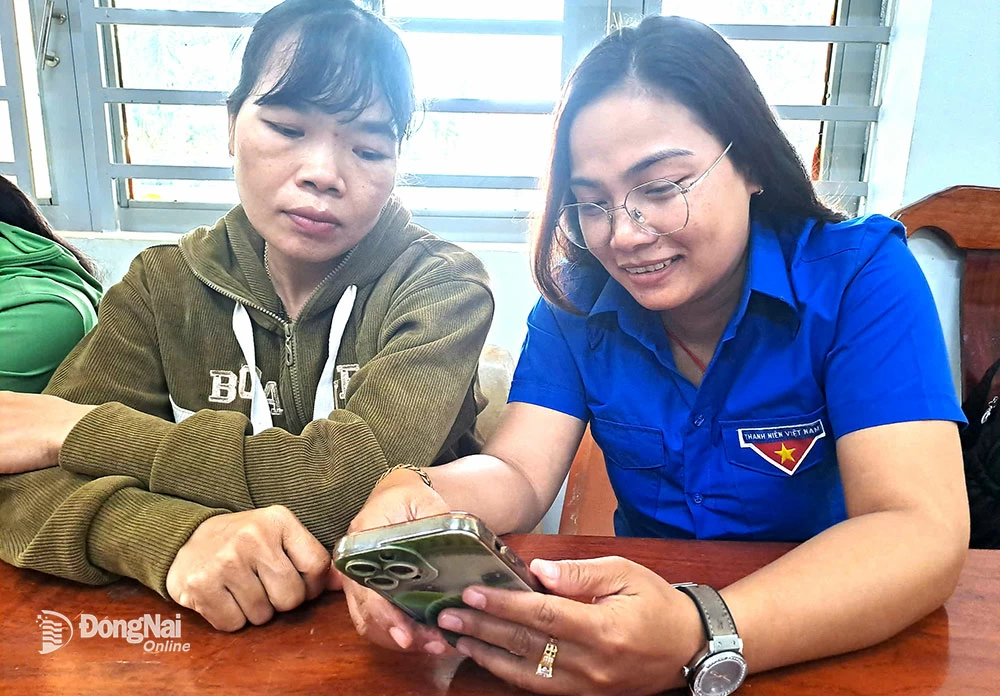 |
| Members of the Bu Gia Map Commune Community Digital Technology Team guide people to carry out administrative procedures online. Photo: H.Yen |
Mr. Nguyen Thanh Phong said that the Department of Science and Technology will organize regular training courses on the latest digital knowledge and skills for the CNSCD team (such as: network information security, online fraud prevention, basic AI usage, etc.). At the same time, it will compile short, easy-to-understand manuals and video clips so that members of the CNSCD team have tools to support people. Currently, the CNSCD team operates on a voluntary basis and does not receive financial support. Therefore, the Department of Science and Technology will have timely recognition and rewards to encourage team members, creating motivation for sustainable activities.
To implement "digital literacy" as directed by General Secretary To Lam, the Department of Science and Technology will design appropriate content and methods for each target group: the elderly, women, ethnic minorities, workers, etc. Along with that, it is necessary to encourage the development of the "Digital Learning Community" model (building learning spaces, sharing digital knowledge at cultural houses, libraries, and commune cultural post offices)...
“We will regularly survey and listen to feedback from people to adjust support methods and content accordingly. At the same time, we will build “digital bridge points” in villages, hamlets, and neighborhoods, where people can come to get guidance and have their questions about technology answered at any time. The activities of the CNSCD team do not stop at providing basic instructions, but also encourage people to participate more deeply in digital economic, digital social, and digital government activities,” said Mr. Phong.
Hai Yen
Source: https://baodongnai.com.vn/xa-hoi/202507/khong-de-lom-song-internet-can-tro-chuyen-doi-so-c1e22c0/







![[Photo] President Luong Cuong receives Speaker of the New Zealand Parliament Gerry Brownlee](https://vphoto.vietnam.vn/thumb/1200x675/vietnam/resource/IMAGE/2025/8/29/7accfe1f5d85485da58b0a61d35dc10f)

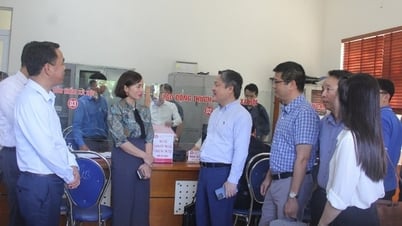




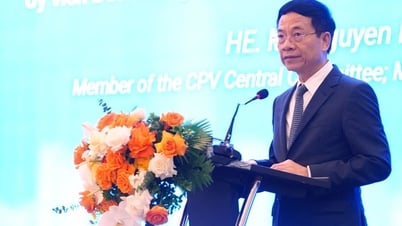

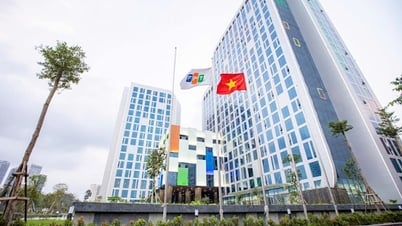




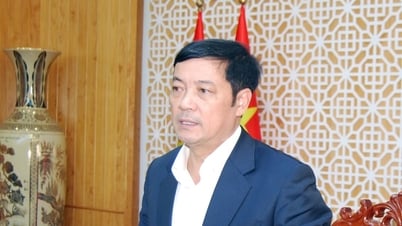

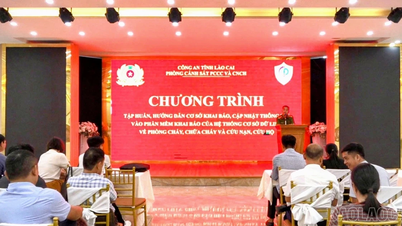

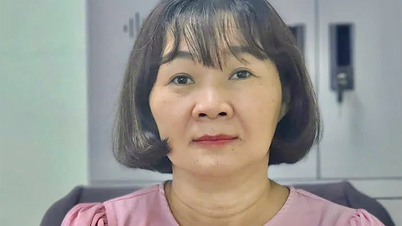



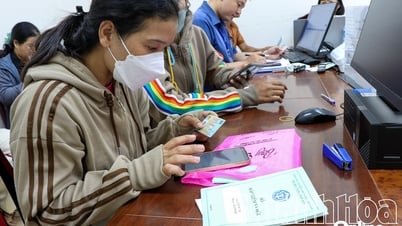




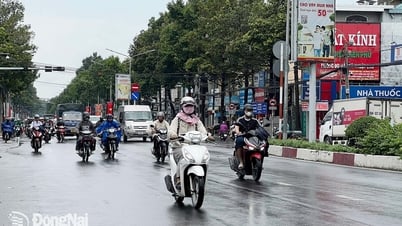
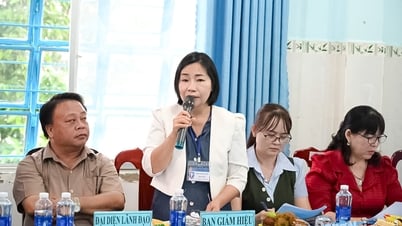

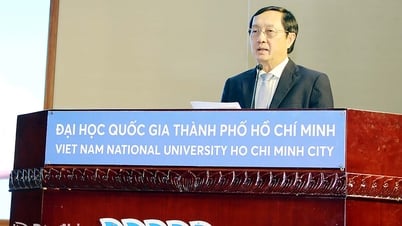

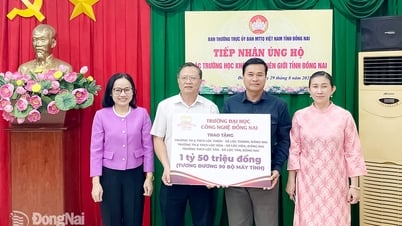
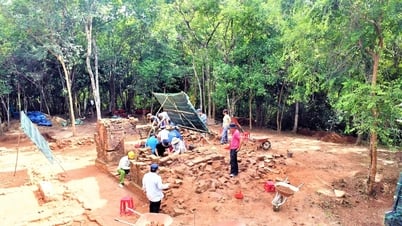











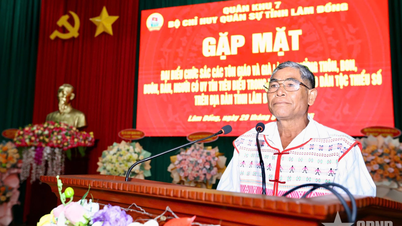

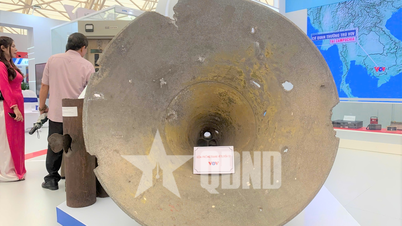



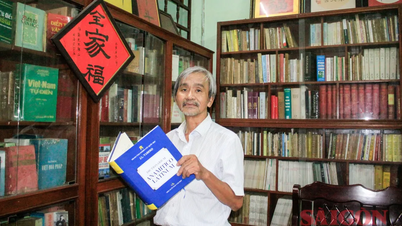




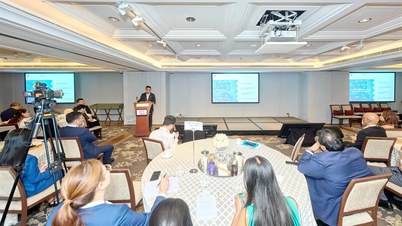
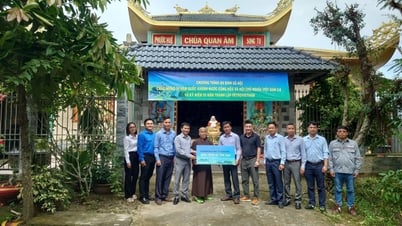









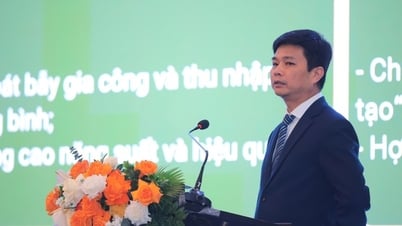

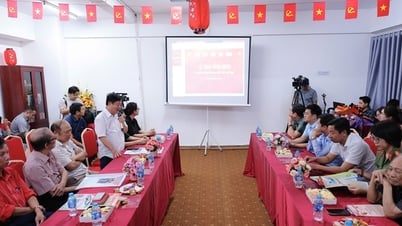
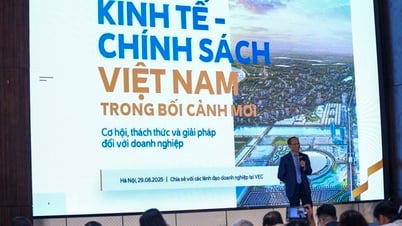
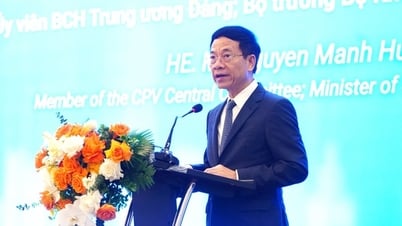
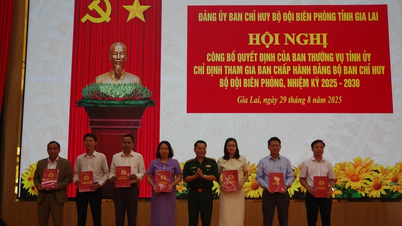



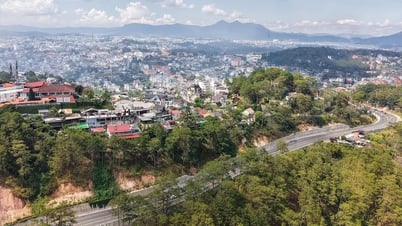
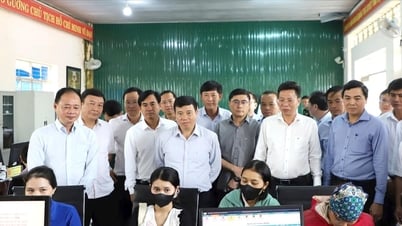













Comment (0)